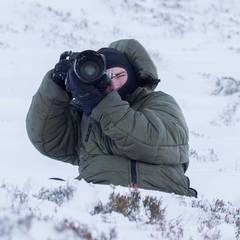Basic must-have ICs
-
Featured Topics
-
Topics
-
0
-
0
-
0
-
10
-
Shay04 ·
Posted in CPUs, Motherboards, and Memory2 -
1
-
hconverse02 ·
Posted in Audio11 -
Rogue57Chevy ·
Posted in Graphics Cards11 -
Ricodotsh ·
Posted in Power Supplies4 -
6
-
-
play_circle_filled

Latest From Linus Tech Tips:
I Will NOT Give You $250 for Your Broken Game - WAN Show April 26, 2024
-
play_circle_filled

Latest From ShortCircuit:
I tried 20 influencer foods, here are the best… and the worst…




.thumb.png.2b37a2d242d91f04d784eacf0a8d9e14.png)











Create an account or sign in to comment
You need to be a member in order to leave a comment
Create an account
Sign up for a new account in our community. It's easy!
Register a new accountSign in
Already have an account? Sign in here.
Sign In Now